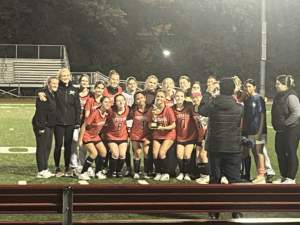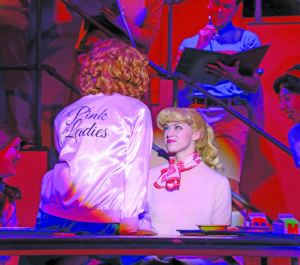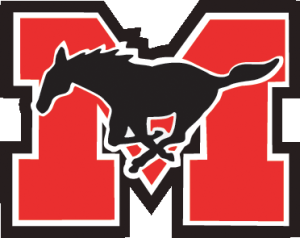ATLANTA — Widely acknowledged for his beermaking skills, Brooklyn Brewery brewmaster Garrett Oliver recently presented his most ambitious beer to date – Brooklyn Local 1 – a champagnelike, Belgian-style beer that's 100 percent naturally carbonated in cork-finished bottles. But Oliver is also a talented home chef and an expert on pairing beer and food. His book, "The Brewmaster's Table" (Ecco, $16.95), is perhaps the best single volume on the subject.
Last week I asked him to talk about how eating and drinking come together in the art of the beer dinner, and what else he's been up to lately.
Q: Any ideas on the history of beer dinners – is it a fairly recent thing or does it have roots in other celebrations and beer cultures?
A: Well, I suppose there have always been beer dinners, but I doubt that people thought of them as such. When I interviewed Prince Luitpold of Bavaria [who is a trained brewmaster and owns the successful Kaltenberg brewery], he told me that in the old days, the castle hosted many large dinners. Apparently they kept track of what everyone drank, and the records still exist. I'm sure it makes interesting reading!
Q: Can you remember the first beer dinner you did? How many do you reckon you've done since?
A: The first one I can remember was at Manhattan Brewing Co. in 1990, though I may have hosted a few before that. Since then, I've hosted several hundred beer dinners in eight countries.
Q: Has working with chefs to put together pairings with your beers helped with your brewing?
A: As a brewer, I consider chefs, rather than winemakers, to be my closest non-brewing peers. I'm an avid home cook – I've made dinner for Michelin-starred chefs and none of them fled the table. Cooking accentuates a certain mind-set about flavor, flavor combination, texture, balance and harmony.
I've had the privilege of working with many top chefs and I learn something new each time. It's another thing chefs and brewers have in common – a keen memory for flavor. I can remember dishes I ate 20 years ago as if I'd had them yesterday. It turned out that this came in handy when it came time to write the book.
Q: So brewers should learn more about food?
A: Brewers who don't know much about food are missing the boat entirely. Dinner is where the rubber meets the road for craft beer. Our beer is sold next to food, it's often consumed with food and it is itself food.
Q: Talk a little about Local 1. It certainly seems to be a labor of love. Was it a huge undertaking?
A: It was an enormous undertaking, the most complex challenge I've had to date. There are no books on how to do 100 percent bottle refermentation, and these days it's rarely practiced even in Belgium.
Bottling totally flat beer and getting all the carbonation from refermentation is difficult and risky, but I feel it gives superior results. That's why real Champagne is still made this way – it's the only way to get that complexity of flavor. So rather than playing it safe, we decided to go for it.
Q: What else have you and Brooklyn been up to lately?
A: The latest thing is the two-beer collaboration between the Brooklyn Brewery and the Schneider Weissbier Brewery in Germany.
Brewmaster Hans-Peter Drexler and I have been friends for 10 years, so we wanted to work together. We brewed Schneider-Brooklyner Hopfen-Weisse in Germany. It's a pale weissbock at 8 percent, heavily dry-hopped with the local Saphir variety grown near the brewery, and refermented in the bottle.
Now, Hans-Peter will come to Brooklyn with his yeast and we'll brew Brooklyner-Schneider Hopfen-Weisse for draft. It will be essentially the same beer, but Hans-Peter will select his favorite American hops for the dry-hopping.
We think the beers will be very tasty, and if anyone's done this before, we haven't heard about it. It's great fun and a privilege not only to work with my friend but also one of the world's great breweries. In their 400-year history, I was their first guest brewer!
Bob Townsend writes for the Atlanta Journal-Constitution.










